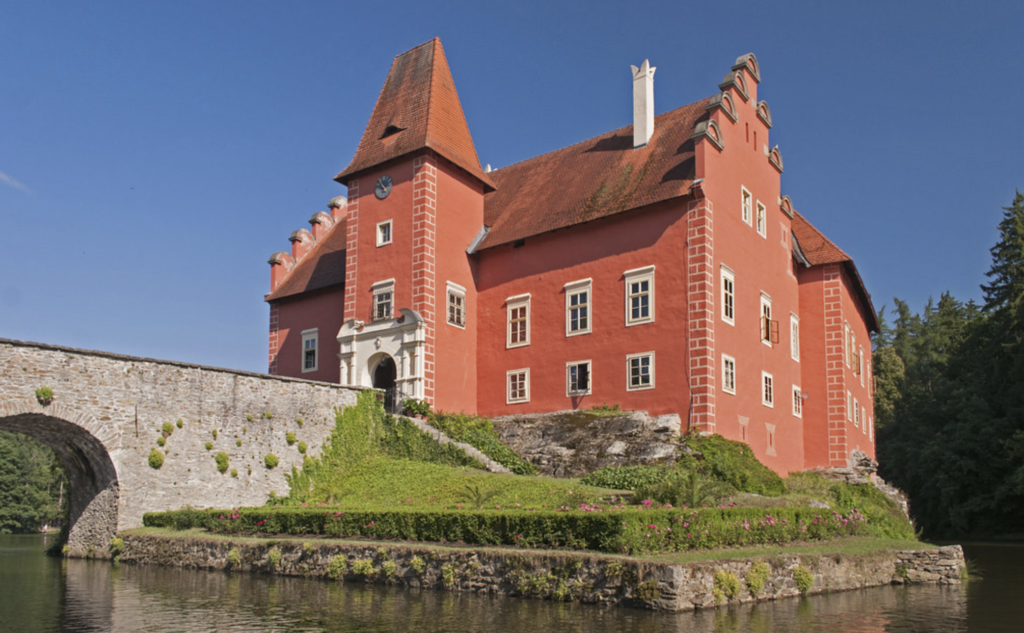One of the things I really enjoy in Prague is the countless little ways the city is connected. There are numerous shortcuts locals use to get around efficiently; passages in the center, and especially here in Nusle – staircases and walkways.
I would like to share one of my favorites, which connects the Vinohrady and Vyšehrad quarters. It’s a beautiful walk, especially during the golden hour, just before the sun starts to set and the last bits of warm light paint the building like the strokes of a paintbrush rosy and orangey colors.
Take the Horská street from the Albertov tram station and walk up between the university buildings till you get to the staircase with a red handrail. Walk up the stairs and enjoy the skyline view at the top.
My favorite time to come is just before the bells start to ring (the Vyšehrad bells ring every hour).
If you come before 6 p.m., you can visit Ztracenka park, one of the most magical hidden gardens in the city in my opinion. To get there, watch for a gate on the left side of the top part of the staircase.
If you take a right (approximately at the same height), you will get to Bastion. It served as a part of the city fortification system and was renovated in 2012.
The architectural atelier received an international laurel for the reconstruction. Walk through the complex and be sure to take a peak at the local sculpture garden.







